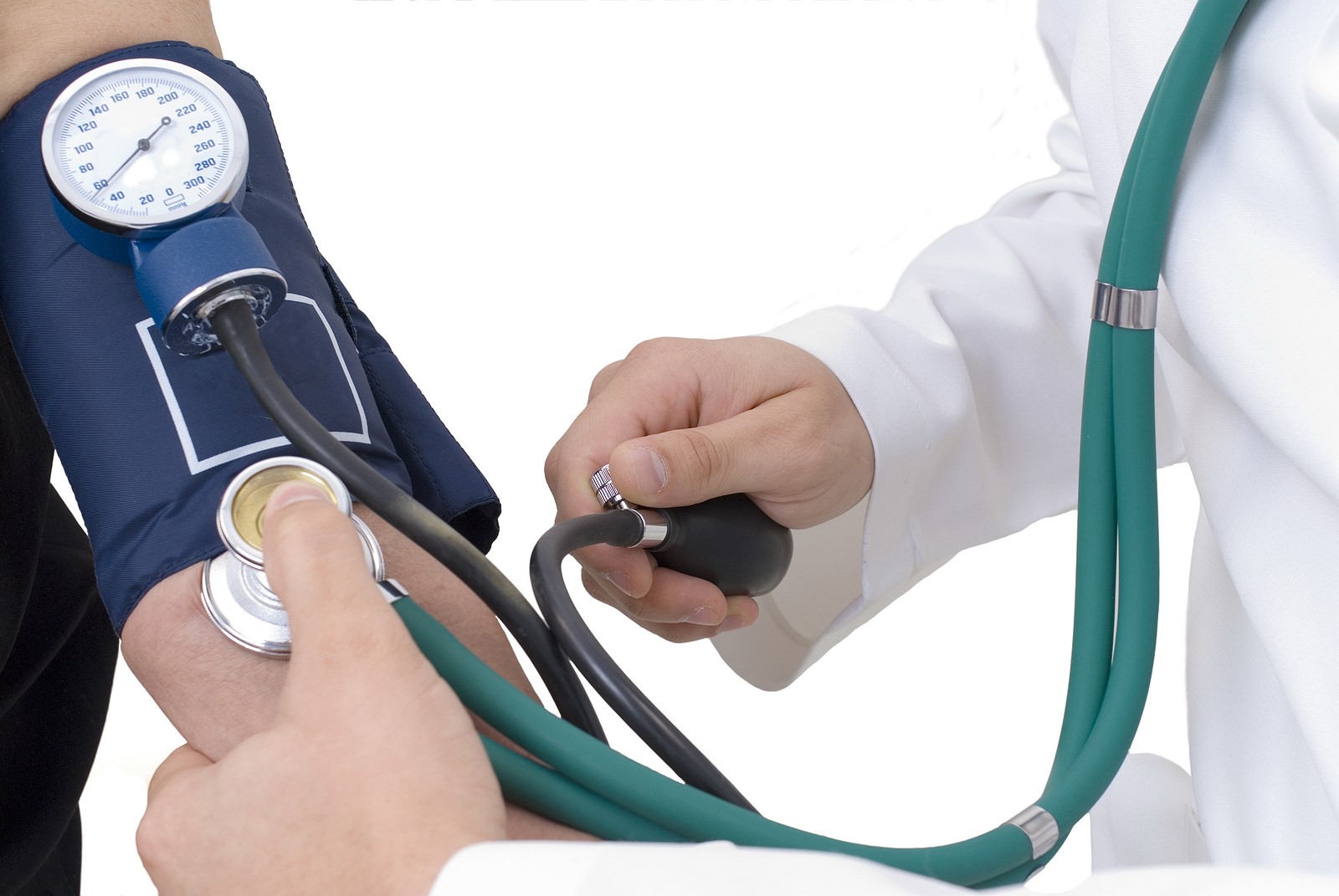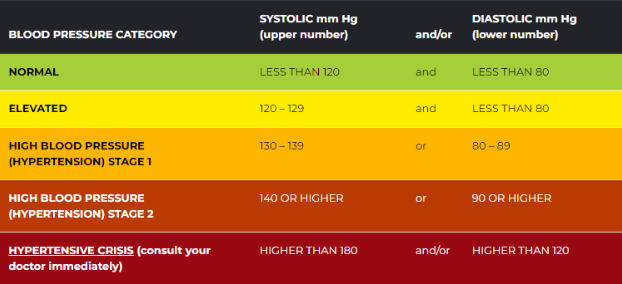
If you have high blood pressure, it’s important to be aware of the signs and symptoms of a blood pressure emergency. A blood pressure emergency can lead to serious health complications if left untreated. Here are some signs and symptoms of a blood pressure emergency and what you should do if one occurs.
Blood Pressure Ranges
Blood pressure emergencies can happen whether or not you have been diagnosed with high blood pressure. The American Heart Association’s graphic below illustrates blood pressure levels from normal to emergency levels.

Should I Be Monitoring My Own Blood Pressure?
Home blood pressure monitoring is crucial for treating high blood pressure (hypertension). People with high blood pressure are advised by the American Heart Association (AHA) and other organizations to monitor their blood pressure at home. Your care professionals can assess the effectiveness of treatment by testing your blood pressure at home regularly.
It’s not necessary to get a prescription to purchase a home blood pressure monitor. But it’s crucial to understand where to go for a reliable home blood pressure monitor and how to use it properly. Home blood pressure monitors are available from most pharmacies, medical supply shops, and some websites. An automatic or electronic device is advised by experts. You can get assistance from your doctor in selecting a monitor that would work best for you.
Systolic and diastolic blood pressure measurements yield a total blood pressure result. Systolic blood pressure, the highest reading, gauges the heart’s force to the artery walls with each beat. The bottom reading, or diastolic blood pressure, gauges the pressure the heart places on the artery walls between beats.
Most blood pressure monitors contain the same fundamental components:
Inflatable cuff: The air-filled interior of the cuff presses against the arm. The outer layer of the cuff contains a clasp to keep it closed. By seeing the changes in the velocity of the artery as blood flows through it when the cuff deflates, the device determines heart rate and blood flow.
Gauge for Readouts: Some blood pressure monitors allow users to record the average of multiple readings. The most accurate monitors are often digital ones mounted on the upper arm.
(Mayo Clinic)
When is Blood Pressure an Emergency?
A sudden, significant rise in blood pressure is known as a hypertensive crisis. 180/120 millimeters of mercury (mm Hg) or more is an emergency blood pressure reading. A hypertension crisis is a serious medical issue. It may result in a heart attack, stroke, or other potentially fatal medical conditions.
Extremely high blood pressure can harm body organs like the heart, brain, kidneys, and eyes as well as blood vessels and body parts. It’s possible that the heart can’t adequately pump blood during a hypertensive crisis. Among the signs of a hypertensive crisis are anxiety, distorted vision, chest pain., confusion, nausea and diarrhea, unable to react to stimuli (unresponsiveness), seizures, terrible headache, and breathing difficulty. (Mayo Clinic)
If you take your blood pressure at home and it is quite high but you are not experiencing any symptoms, take a few minutes to unwind. After then, recheck your blood pressure. Seek medical attention if it’s still very high.
If your blood pressure is 180/120 mm Hg or higher and you are experiencing chest pain, shortness of breath, or stroke-related symptoms, call 911 or seek emergency medical assistance right away. Numbness or tingling, difficulty speaking, or changes in eyesight are all signs of a stroke. (Mayo Clinic)
If you have high blood pressure or anyone close to you suffers from it, you must know what to do in an emergency. Remember, knowledge is power when it comes to your health!
Works Cited
“Get the Most out of Home Blood Pressure Monitoring.” Mayo Clinic, Mayo Foundation for Medical Education and Research, 8 July 2022, www.mayoclinic.org/diseases-conditions/high-blood-pressure/in-depth/high-blood-pressure/art-20047889#:~:text=Checking%20blood%20pressure%20at%20home,their%20blood%20pressure%20at%20home.
“Hypertensive Crisis: What Are the Symptoms?” Mayo Clinic, Mayo Foundation for Medical Education and Research, 3 Aug. 2022, www.mayoclinic.org/diseases-conditions/high-blood-pressure/expert-answers/hypertensive-crisis/faq-20058491#:~:text=Call%20911%20or%20emergency%20medical,speaking%2C%20or%20changes%20in%20vision.
